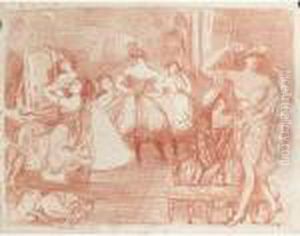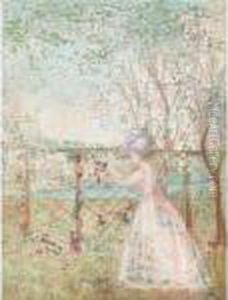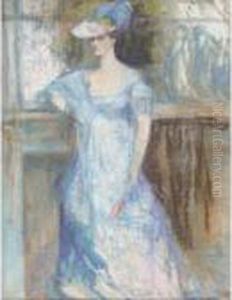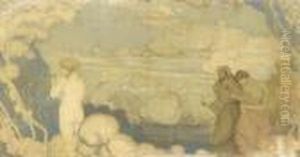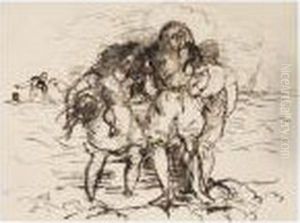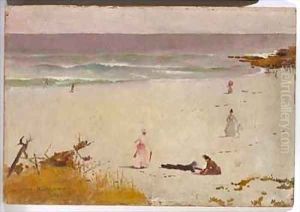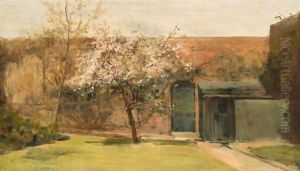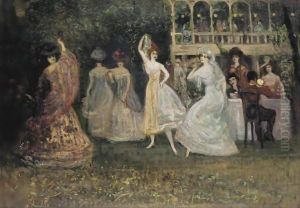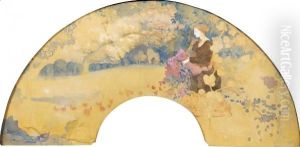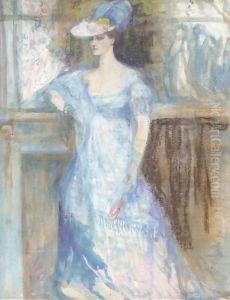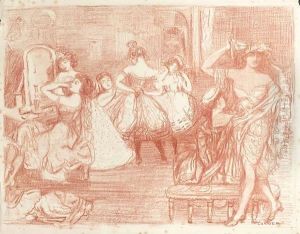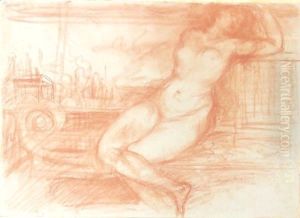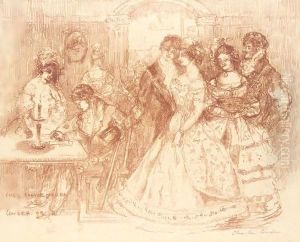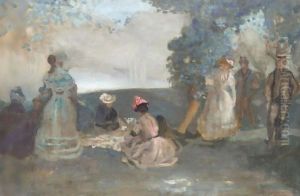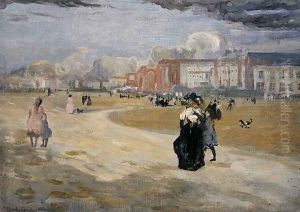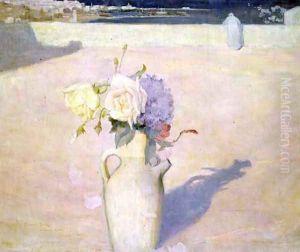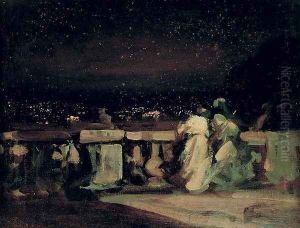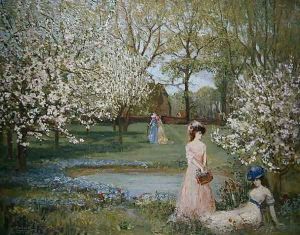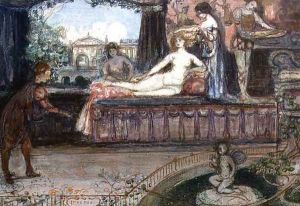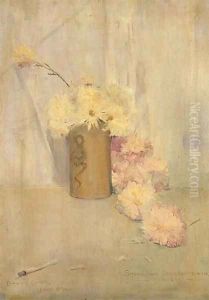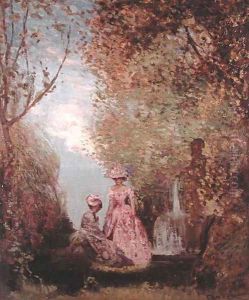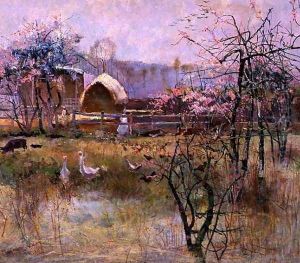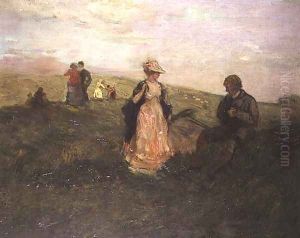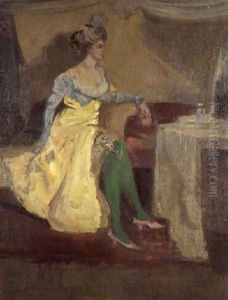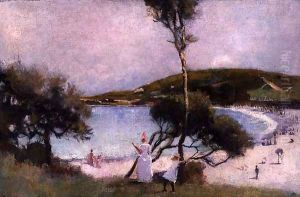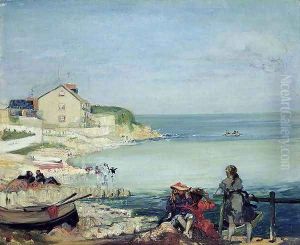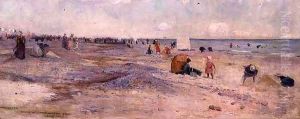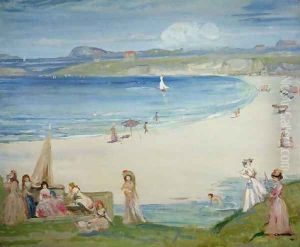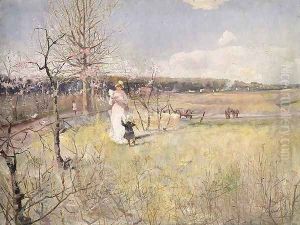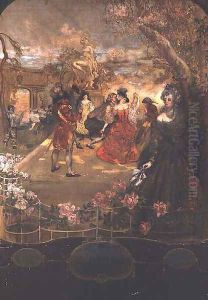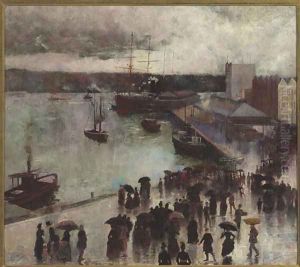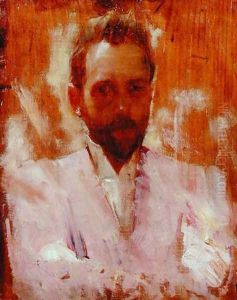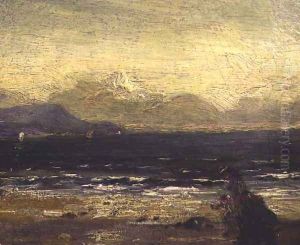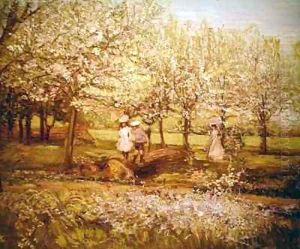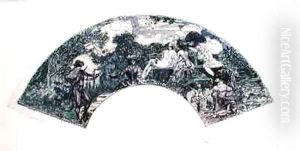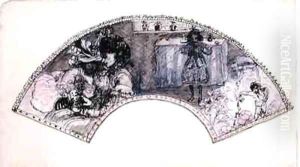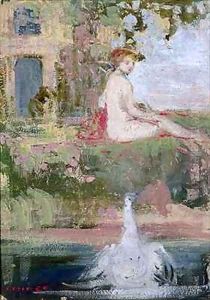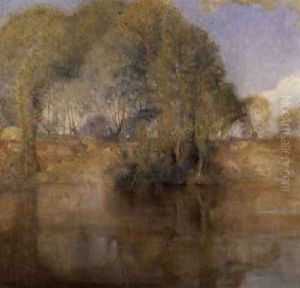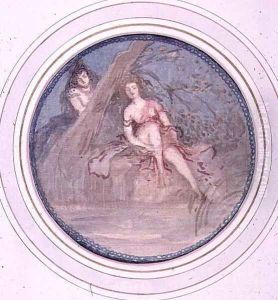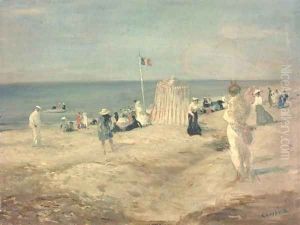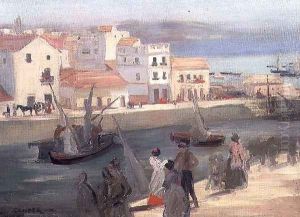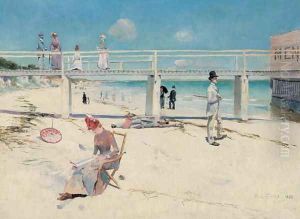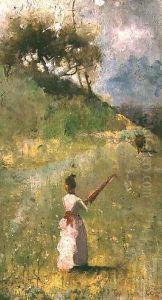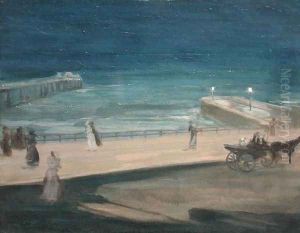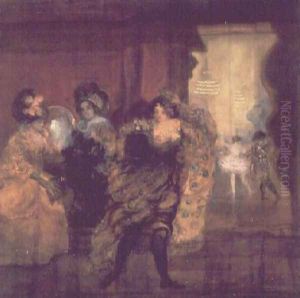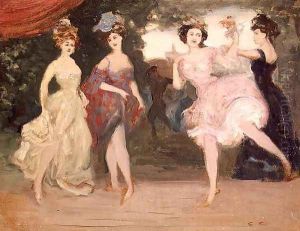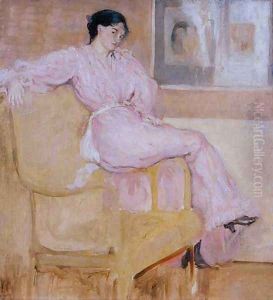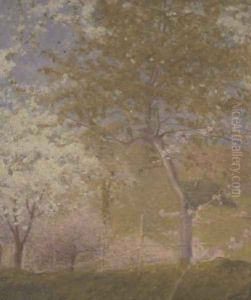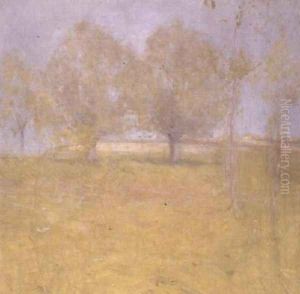Charles Edward Conder Paintings
Charles Edward Conder was an English-born painter, lithographer and designer known for his contribution to the Heidelberg School of Australian artists, a key figure in the development of Australian impressionism. Conder was born on October 24, 1868, in Tottenham, Middlesex, England. His early life was marked by travel due to his father's work as a civil engineer, which brought the family to India and eventually to Australia in 1884.
In Australia, Conder initially worked as a surveyor in New South Wales, but soon his passion for painting took over. He moved to Sydney, where he met Tom Roberts and Arthur Streeton, who were pivotal figures in the Heidelberg School, named after the then rural area of Heidelberg near Melbourne where these artists frequently painted en plein air. Conder's artistic style was influenced by James Abbott McNeill Whistler and the Aesthetic Movement, and he was particularly noted for his use of color and his delicate silk paintings.
Conder's most iconic work, 'A Holiday at Mentone' (1888), shows his distinctive approach to impressionism, with an emphasis on light and atmosphere. He was also a significant contributor to the 9 by 5 Impression Exhibition in 1889, which was a landmark event in Australian art history. Despite his success, Conder moved to Paris in 1890 to further his career. There, he became associated with the Symbolist movement and befriended Oscar Wilde and Toulouse-Lautrec.
While in Europe, Conder continued to paint, creating works that showed a blend of impressionist and symbolist influences. He painted landscapes, figures, and fans, infusing his works with a sense of elegance and often an air of melancholy. Unfortunately, his career was cut short by ill health, exacerbated by his heavy drinking and a syphilis infection. Conder's health declined rapidly in the early 1900s, and he spent his last years in sanatoriums.
Charles Conder died on February 9, 1909, at the age of 40, in Virginia Water, Surrey, England. His contributions to art, especially Australian impressionism, continued to be celebrated after his death, and his works are held in major galleries around the world, including the National Gallery of Australia and the Art Gallery of New South Wales.
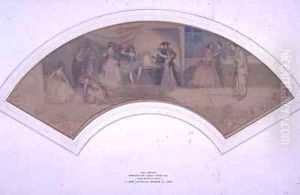
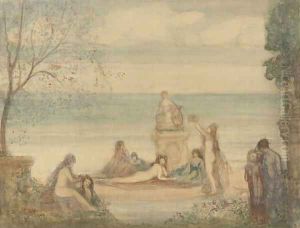
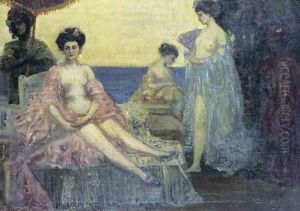
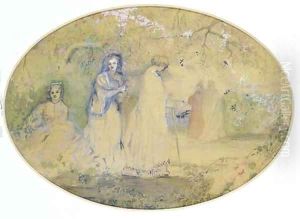
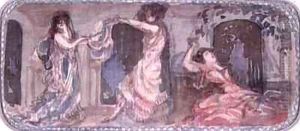
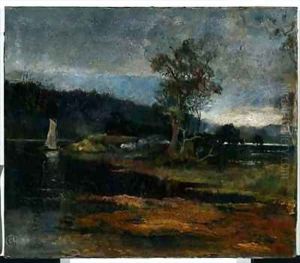
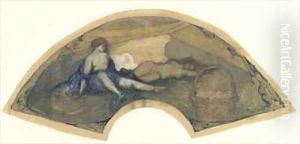
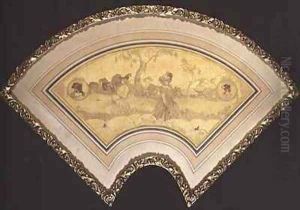
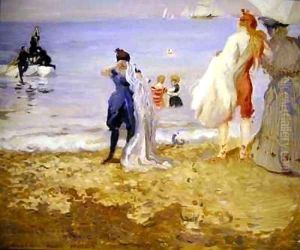
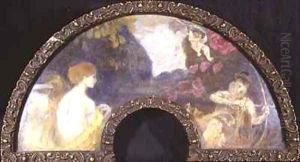
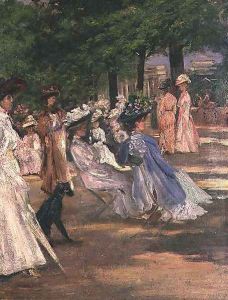
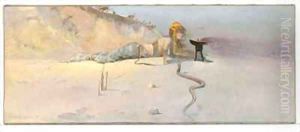
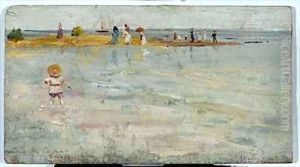
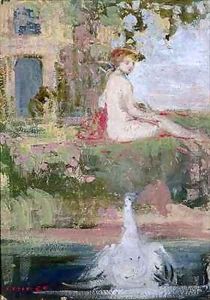
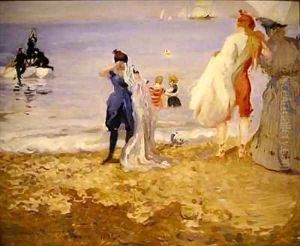
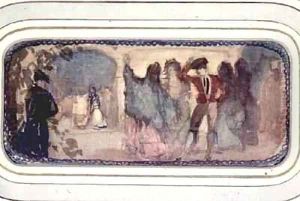
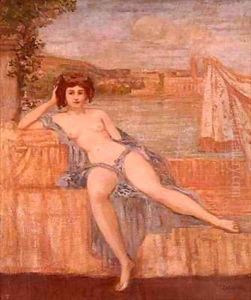
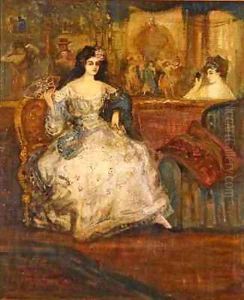
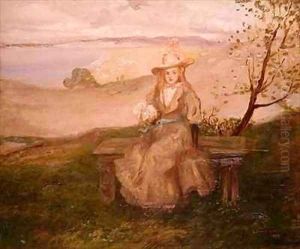
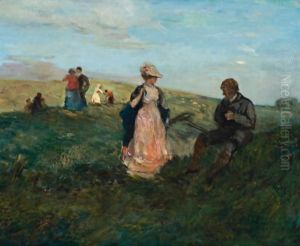
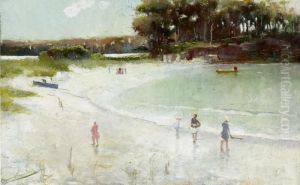
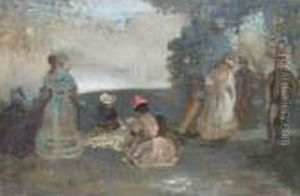
![Chez Camile [sic] Maupin](https://www.niceartgallery.com/imgs/2035913/s/charles-edward-conder-chez-camile-sic-maupin-cba19dfd.jpg)
